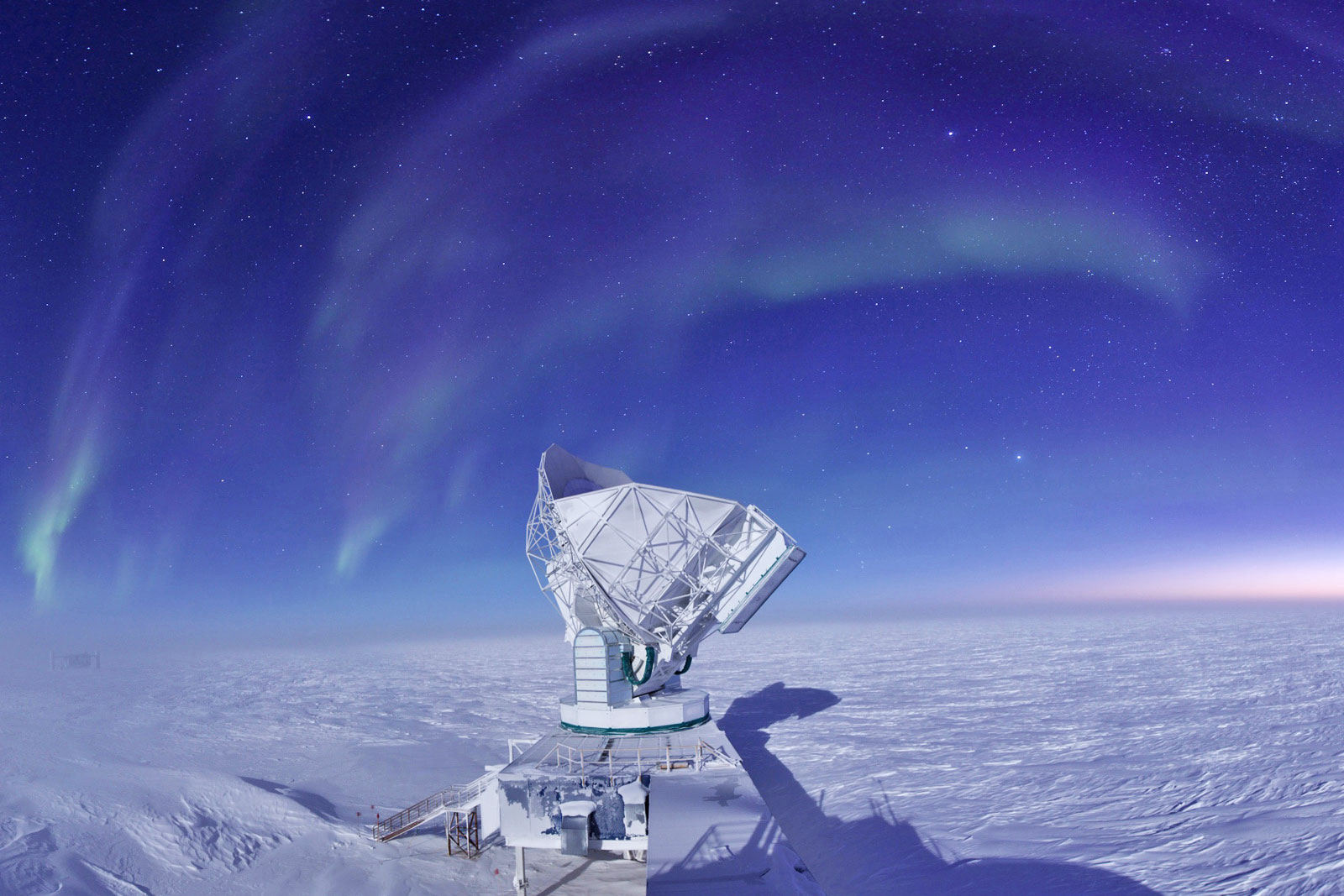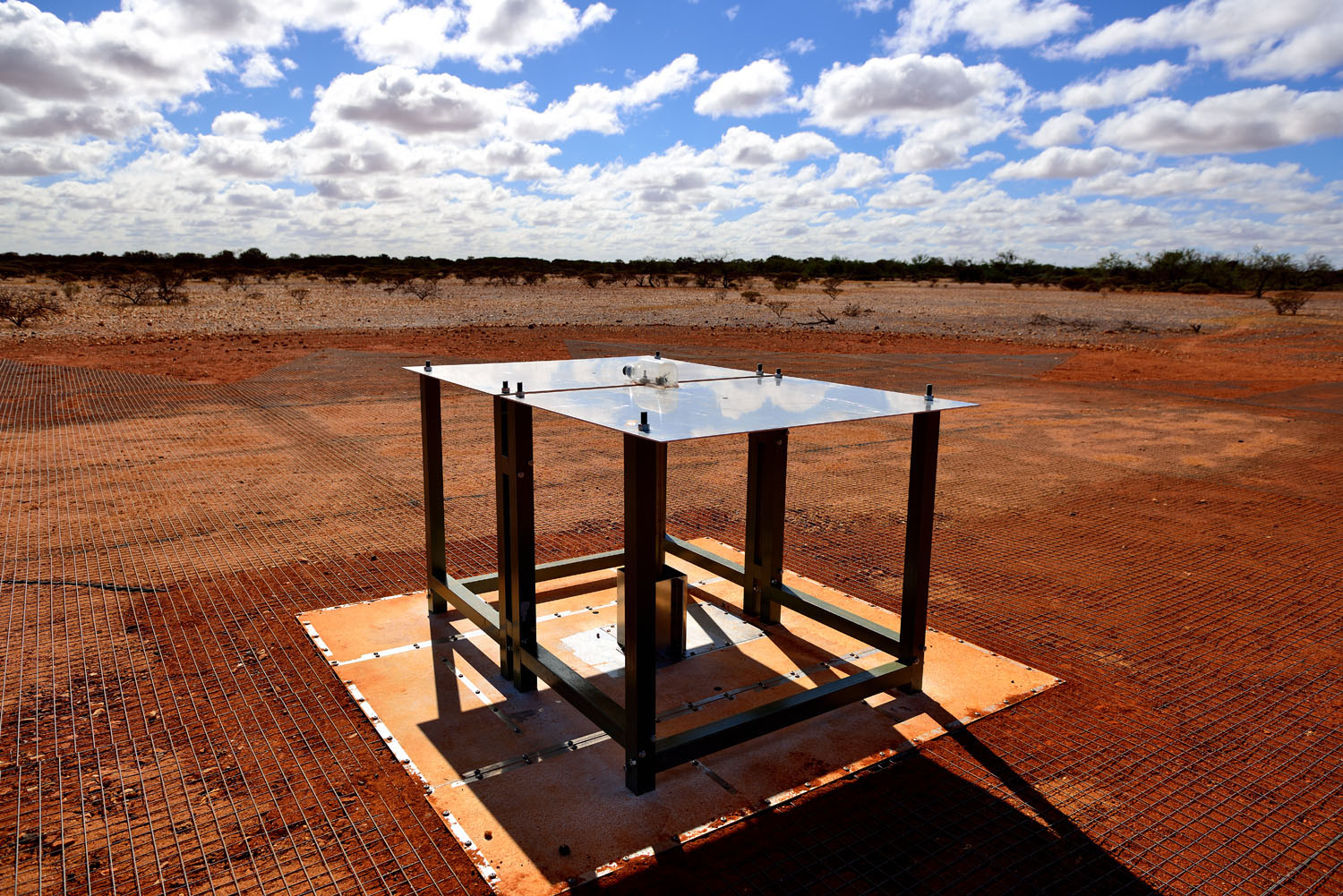
The European Space Agency's Planck satellite has been gathering data since its launch in 2009, slowly building up a map of the cosmic microwave background radiation -- a distant remnant of the Big Bang. The resulting image, seen above, is the most detailed ever put together of the cold glow that uniformly covers the universe, taking us all the way back to just a 380,000 years after the explosive inflation that gave birth to all matter, energy and time. There were some surprises, including more extreme temperature fluctuations between hemispheres than predicted by the standard model and confirmation of a pronounced cold spot that can no longer be dismissed as an artifact of previous satellite instruments. For more about just what Planck has taught us, along with a few more visualizations, check out the source link.
Filed under: Science, Alt
Comments
Via: Wired
Source: European Space Agency
 Scientists just got a valuable tool in their quest to understand the cosmic microwave background radiation that persists from the earliest days of the universe. The South Pole Telescope recently received an ultra-sensitive camera that will study the...
Scientists just got a valuable tool in their quest to understand the cosmic microwave background radiation that persists from the earliest days of the universe. The South Pole Telescope recently received an ultra-sensitive camera that will study the...
 Scientists just got a valuable tool in their quest to understand the cosmic microwave background radiation that persists from the earliest days of the universe. The South Pole Telescope recently received an ultra-sensitive camera that will study the...
Scientists just got a valuable tool in their quest to understand the cosmic microwave background radiation that persists from the earliest days of the universe. The South Pole Telescope recently received an ultra-sensitive camera that will study the...
 The early development of our universe is still quite a mystery, but in a new study published today in Nature, researchers describe what may be evidence of when the first stars began to form. After the Big Bang, which took place some 13.7 billion year...
The early development of our universe is still quite a mystery, but in a new study published today in Nature, researchers describe what may be evidence of when the first stars began to form. After the Big Bang, which took place some 13.7 billion year...
